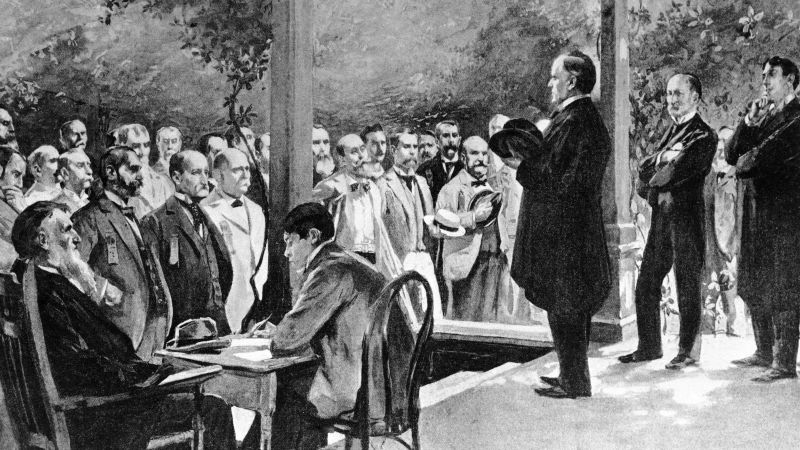Early presidents in the United States did not personally campaign for office, as it was seen as beneath the dignity of the office they held. Instead, they relied on their supporters to spread their message through newspapers and other means. The rise of the current model of campaigning began to take shape in the 1800s, with some candidates holding “front porch campaigns” in which they spoke to supporters at their homes. In 1866, President Andrew Johnson broke precedent by actively campaigning in the midterm elections, and the concept of actively campaigning continued to evolve over the years.
In the 20th century, campaign strategies began to shift towards more active engagement with voters. Presidential candidates like Franklin Roosevelt and Harry Truman started appearing at conventions and actively campaigning across the country, respectively. John F. Kennedy and Ronald Reagan are noted as two of the best natural campaigners in history, with Kennedy actively campaigning in primaries to demonstrate electability and Reagan using his acting background and humor to connect with audiences. They both showcased the importance of personal charisma and engagement with voters during campaigns.
Campaigning remains a crucial aspect of the modern political landscape, despite the challenges of reaching a vast and diverse population. Candidates use rallies, media appearances, and targeted messaging to connect with voters, particularly in battleground states. The constant focus on campaigning throughout a presidency has become a concern, as it takes away from the time and energy that could be spent on governing. Presidents today are expected to campaign almost immediately after taking office, with reelection efforts starting early in their term.
Advances in technology have revolutionized campaign methods, allowing candidates to reach a wider audience and target specific demographics with tailored messages. From radio and television to the internet and social media, campaigns have evolved to utilize micro-targeting and data analytics to personalize their appeals to voters. This trend is expected to continue, with campaigns becoming more precise in their messaging to appeal to individual voter preferences. While there are concerns about the impact of the permanent campaign on governance, it remains a crucial aspect of modern political strategy.


